Affiliate links on Android Authority may earn us a commission. Learn more.
HUAWEI's new flagship camera phone makes me want to drop my mirrorless camera
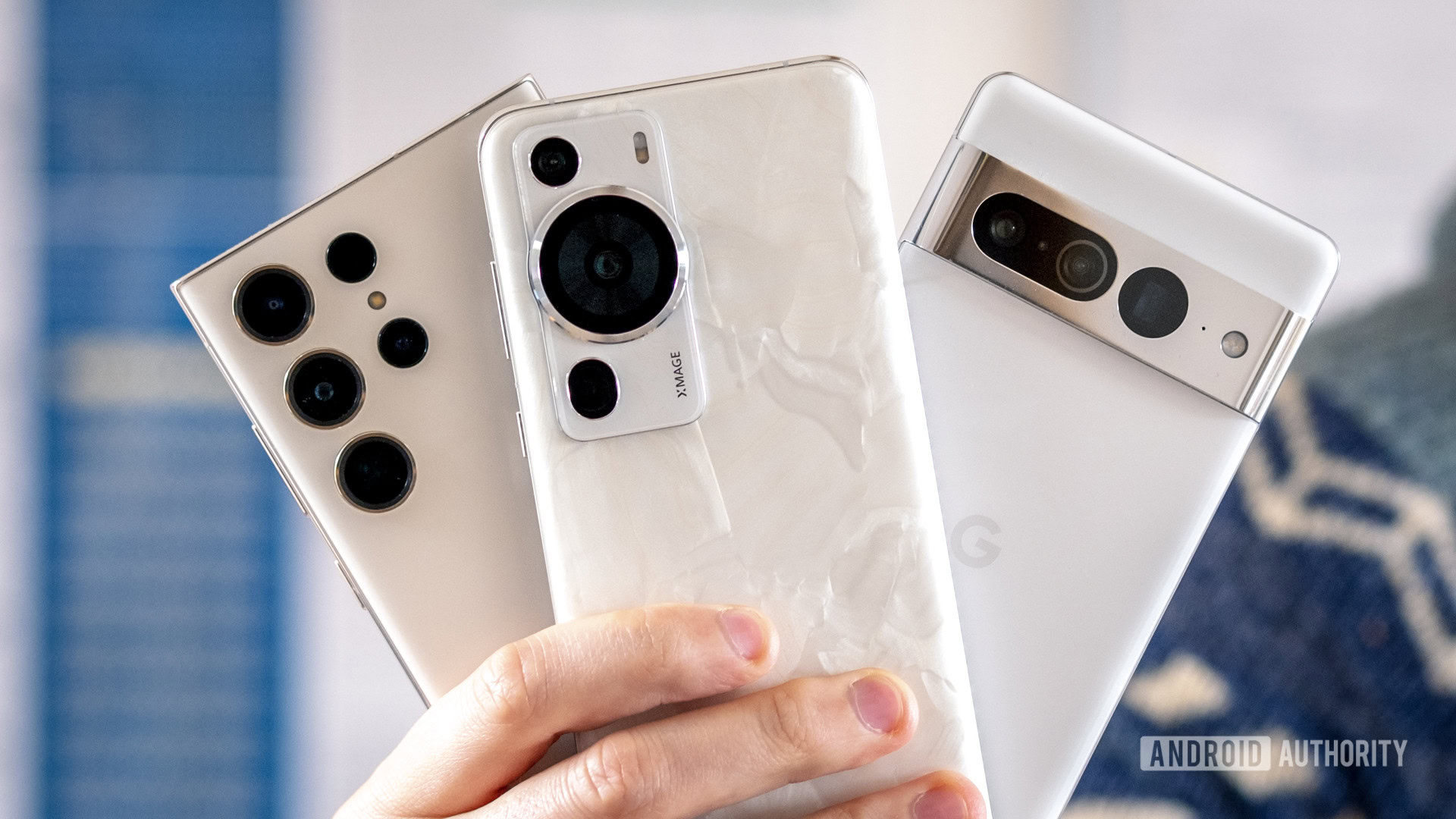
If you’re looking for a great camera phone, HUAWEI is still associated with the best in the business. Its latest flagship phone, the HUAWEI P60 Pro, has finally left China and landed on European and other global shorelines. I got my hands on it and have been putting the camera through its paces.
While the mighty Pixels and Galaxys might garner more mainstream attention for best all-around phones, is the HUAWEI P60 Pro still worthy of the attention and, perhaps, even hard-earned cash of photography obsessives? Let’s find out.


HUAWEI P60 Pro: A camera with a phone attached
Perhaps with the exception of Sony, HUAWEI dives deeper than any other smartphone brand when it comes to the finer details of mobile photography. Curating a high-end photography package isn’t just about the megapixel count or smart algorithms. After all, there are subtleties in sensor technologies like pixel setup and autofocus, picking camera focal lengths that provide flexibility across a range of zoom levels rather than just long range, and wrapping that all up in software that helps photographers be creative without getting in the way.
This year’s flagship model continues to make use of an RYYB (rather than traditional RGB) main sensor, complete with a 48MP resolution, OIS, wide 25mm focal length, and a variable aperture between f/1.4 and f/4.0. Likewise, a similar 48MP RYYB sensor is found in the 3.5x periscope zoom camera, which includes sensor-shift OIS, a wide f/2.1 aperture, and a 90mm focal length.
Rounding out the package is a 13MP ultrawide camera with an f/2.2 aperture and incredibly broad 13mm focal length. The selfie snapper is a 13MP affair with another very wide field of view. You’ll have seen a similar, but not quite identical, setup in last year’s HUAWEI Mate 50 Pro. It’s not a completely revolutionary formula, but HUAWEI has perfected this setup over the last few years into one of the industry’s most potent formulas.
The hardware is just the beginning, though. HUAWEI’s XMAGE algorithms power Night Vision telephoto photography, super-resolution zoom, and portrait features that rely on computational photography. Open up HUAWEI’s camera app and you’re greeted with six camera tabs and a further 14 additional modes under the “More” tab. While most of these comprise the familiar photo, portrait, video, and night settings found on most phones, the camera experience really opens up in the Pro mode.
Here you’ll find options for ISO, white balance selection, 48MP RAW image output, and the phone’s variable aperture control that give advanced photographers full control over the look of their pictures. We could spend ages diving through all these various options, but let’s see what the HUAWEI P60 Pro can do out of the box.
HUAWEI P60 Pro camera review: The only camera you’ll ever need?
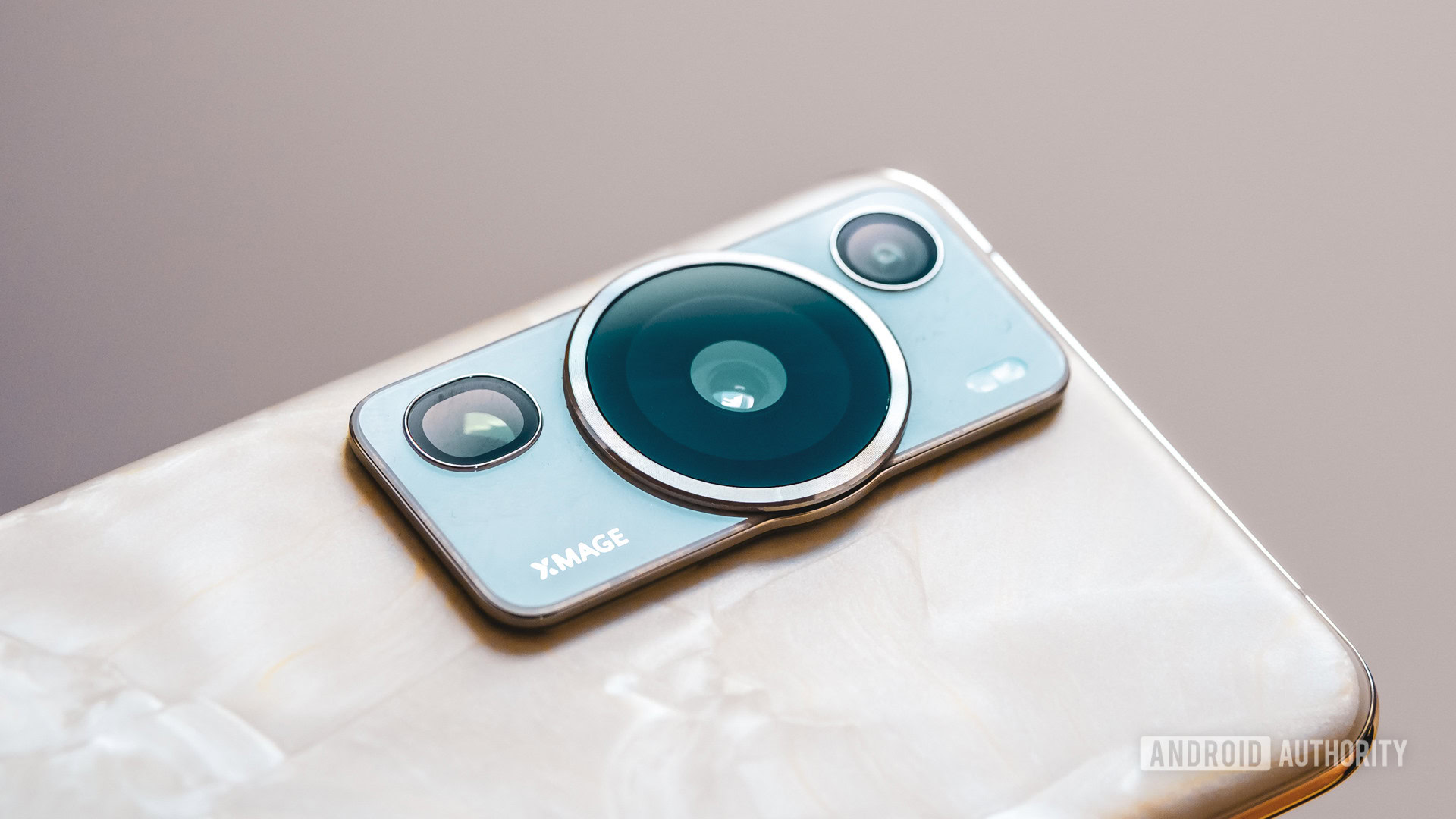
As we’ve come to expect from HUAWEI, the P60 Pro excels at daylight photography, no matter which lens you’re shooting with. Photo colors are a little punchy but not overly so, making them great for pushing straight to social media. Importantly, for a smartphone camera, there are minimal signs of noise and the over-sharpening pass isn’t too heavy. Details hold up quite well on closer inspection, although there are signs of HUAWEI’s powerful processing algorithms if you look closer. You’ll occasionally see motion artifacts and high-contrast edges, meaning fine details aren’t as naturally soft as a DSLR. Not that this detracts from the phone’s capabilities at all.
HDR and low light photography are a particular highlight with the main lens. Whether shooting into a bright light or dealing with virtual darkness, the P60 Pro always grabs an exposed picture and you’ll rarely, if ever, need to reach for the phone’s Night mode. That said, the phone’s ability to pull a picture out of utter darkness means your photos won’t always look realistic. See the sky in the nighttime example above. My one complaint with the setup would be that shadows are sometimes overexposed, resulting in slightly flat images. Thankfully, that’s a rarity; the phone usually pulls out some stunning contrast, as you can see in the sunset shots above.
A quick note on the main camera’s variable aperture. In the default Photo mode, the P60 Pro handles aperture switching automatically. It’s usually set to a narrow aperture around f/4.0, switching to f/1.4 and pairing with details from the ultrawide lens when switching to “super macro” mode (oddly, the manual super macro option uses the 3.5x camera). You can manually move between the aperture values in the camera’s Aperture and Pro settings. This feature is most useful at ensuring macro and group photos are entirely in focus. It’s a very nifty feature that more smartphones, especially those with larger image sensors, should draw inspiration from.
The 3.5x periscope zoom camera is another star of the show. Thanks to XMAGE frame fusion, this single focal length can capture impressive levels of detail at 5x, 7x, 10x, and even beyond. One shot below goes all the way out to 20x, which is just a bit further than the phone’s software upscaling can handle well. I’d hesitate to push it any further, so forget about the phone’s 100x capabilities. The only drawback of HUAWEI’s processing algorithms is that you can sometimes spot ghosting artifacts from multi-frame processing, particularly with moving subjects. Otherwise, the zoom camera’s color reproduction, HDR, and white balance are all very close to the main sensor, ensuring robust photo consistency as you zoom in.
On closer analysis, the 10x shots are comparable with the physical hardware of Samsung’s Galaxy S23 Ultra and the clever sensor cropping of the Pixel 7 Pro. Cropping in on 10x images, you’ll find a reasonably similar level of detail, with optical zoom taking a nudge in good lighting and HUAWEI’s technology holding up better in dimmer light. That’s thanks to the zoom lens’ large aperture and RYYB sensor, which, combined with HUAWEI’s impressive HDR capabilities, produces a much more consistent exposure than I achieved with either of the two comparison phones. It’s rare to see a zoom camera that performs so well across a wide variety of difficult lighting conditions. The only other example I can recall is the OPPO Find X6 Pro — but you sadly can’t buy that outside of China.
I’m less sold on the phone’s ultrawide capabilities. Although you’ll find similar color and exposure capabilities as the main camera, the fine details are less well preserved. You’re more likely to see clipping from the sensor’s weaker HDR capabilities, and the white balance is far warmer than the main sensor. Hence, color reproduction across all lenses isn’t brilliant. But my biggest gripe is the visible perspective distortion from the ultrawide field of view. There are clear areas of blurring at the photo’s edges and even a good third or more into the shot, and you’ll easily spot HUAWEI’s chromatic aberration correction algorithm attempting to fix haloing around high-contrast edges. The results still look good in general but can’t match the finer levels of quality available from the phone’s two other rear sensors.
Portraits and selfies are a mixed bag too. The camera app’s Portrait mode ramps up the punch in bright lighting, pumping up the exposure and contrast that, while pleasing looking in many scenarios, can result in shadows and oversaturated skin tones that you typically want to avoid with portrait photography. That said, pictures come out great with softer lighting, such as indoor environments, providing soft yet realistic skin textures and flattering tones, even without using HUAWEI’s various beautification filters. Bokeh blur and edge detection are rock solid and portrait photos generally come out looking really good, particularly when using the 3.5x mode.
Sadly, the selfie snapper has an unfathomably wide field of view. While nice for fitting more in your pictures, this wide focal length leaves faces looking too narrow and distorted. Annoyingly, you can’t enable bokeh blur on the portrait camera without switching it to its 1x mode (it defaults to 0.8x), which seems to defeat the point of switching to this mode. When you finally enable this feature, the edge detection is nowhere near as good as the rear camera’s mode, cutting aggressively around stray hairs and edges. Perhaps that’s why the feature is so difficult to find. Small issues, to be sure, but ones that stick out when compared to the far better photography capabilities of the rear camera.
In terms of video, the P60 Pro supports 4K at up to 60fps in the main and telephoto lenses but taps out at 4K 30fps using the ultrawide. Beautification and filters are further limited to just 1080p 30fps, and HUAWEI’s powerful HDR capabilities only work at 30fps, regardless of resolution. Video stabilization is robust, thanks to a combination of OIS and software stabilization, but is perhaps a little too resistant when jumping into a sharp pan. There are a few limitations, then, in terms of features and resolution, but the overall video package includes all the essential features and more, plus looks every bit as good as the camera.
One or two blemishes aside, the HUAWEI P60 Pro camera is more than capable; it’s a true photography powerhouse. We’d need more time for side-by-side comparisons but have every confidence that this phone can go toe to toe with the best smartphone cameras, including the Pixel 7 Pro, Galaxy S23 Ultra, and iPhone 14 Pro Max. If you don’t want the bulk of carrying around a mirrorless, the P60 Pro is also versatile enough to be a pretty viable alternative to entry-level models.
What about the HUAWEI P60 Pro as a phone?
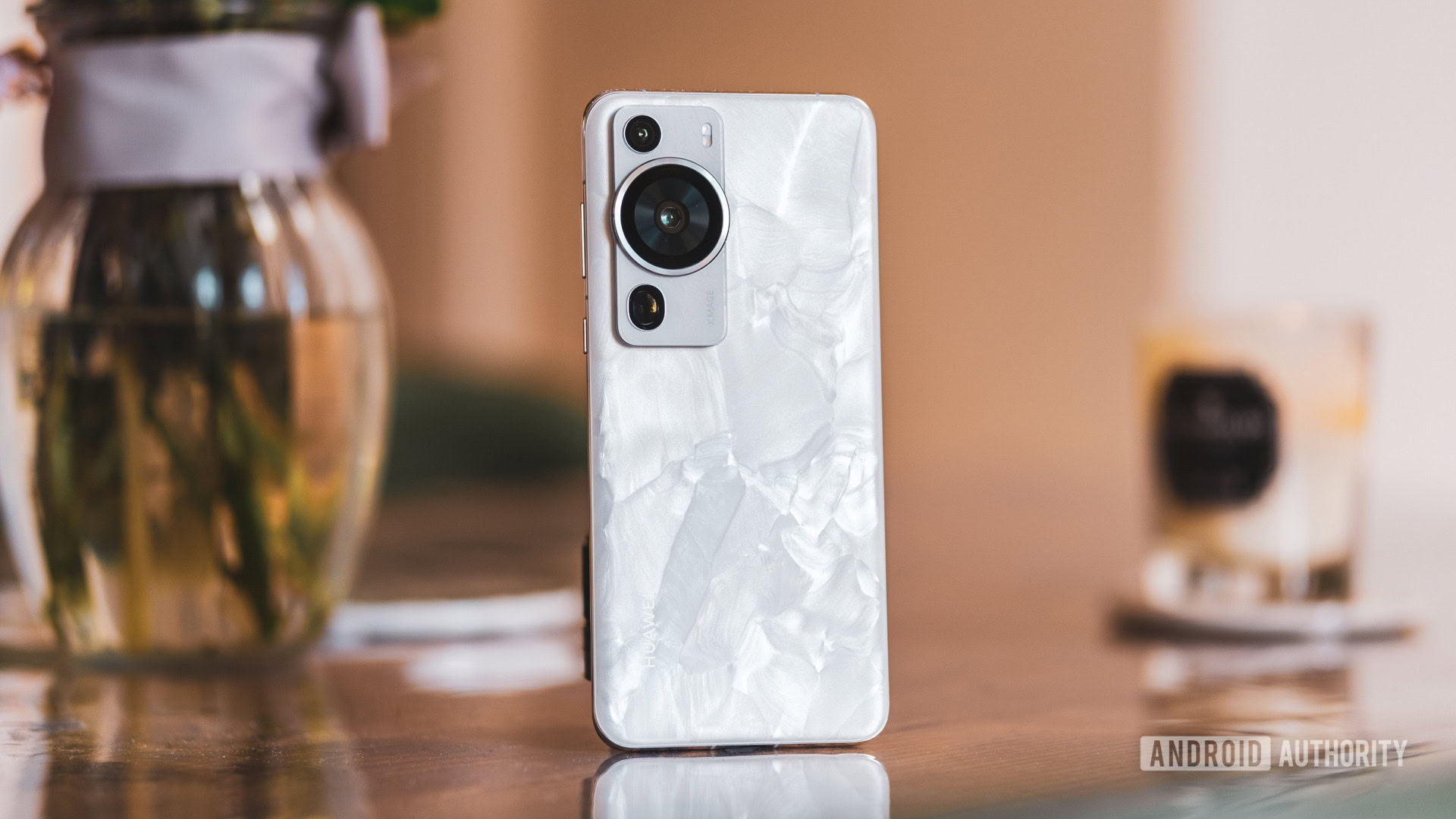
I’ve not forgotten that HUAWEI P60 Pro is a phone too, so let’s rattle through the pros and cons of daily use.
First up, it’s a true flagship handset in areas far beyond the camera package. The 120Hz LTPO OLED panel is ultra-responsive, hitting 120Hz in virtually every app I tested, only lowering the refresh rate to 60Hz when you stop interacting with the screen. It’s great to look at too. Not everyone will love the curved glass edges, but it makes the 6.67-inch panel easier to use in one hand and complements the otherwise premium build quality. With an IP68 rating, HUAWEI’s Kunlun Glass protection, and a stunning pattern design on the Rococo Pearl version we reviewed, this phone certainly looks and feels like an ultra-premium smartphone.
The HUAWEI P60 Pro flaunts premium hardware wherever you look.
Charging is equally top-of-the-line. An intriguing bundled charger includes a USB-A port with 88W proprietary SuperCharge and a USB-C port with 45W USB Power Delivery to help power your tablets and laptops. The HUAWEI P60 Pro takes just 35 minutes to fully charge using SuperCharge. It offers the option of speedy 50W wireless charging too.
Meanwhile, the Qualcomm Snapdragon 8 Plus Gen 1 processor, while not absolutely cutting edge, blazes through every app and game I threw at it. We have some reservations about the phone’s stress testing capabilities; it’s perhaps not the most reliable gaming partner for protracted sessions, but we have no complaints otherwise.
But that leads us to the main drawback: no Google Mobility Services. Yes, you’ll have heard that one before; the lack of Google Play Store and familiar apps is a well-established fact of life in the HUAWEI ecosystem these days. Some might be able to live without it, but I still can’t say that AppGallery is fleshed out enough to be a complete alternative, despite HUAWEI’s claims of ever-increasing developer support.
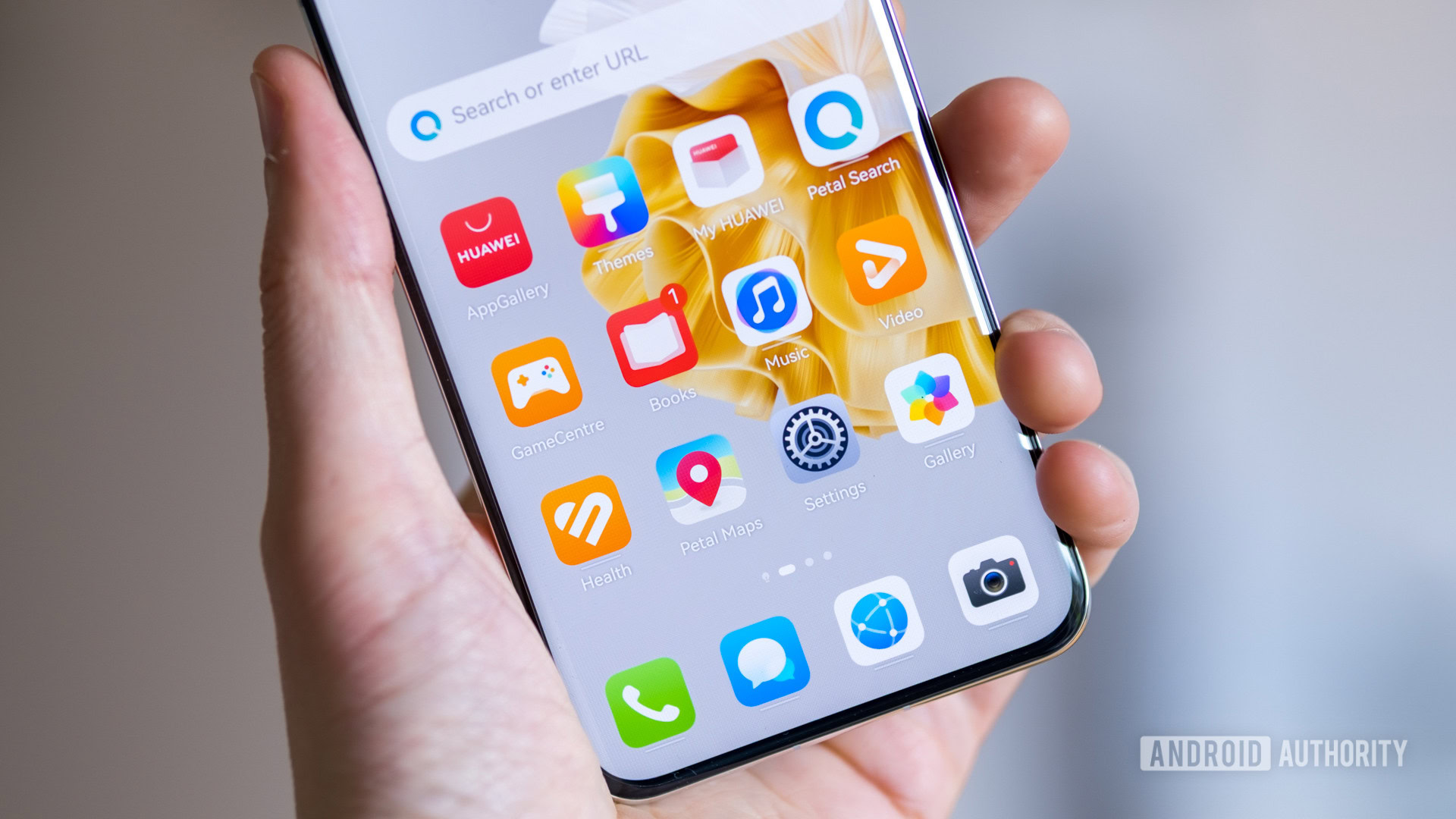
For instance, I could find only one of my four banking apps to install. Likewise, I had to grab WhatsApp, Spotify, and other APKs from third-party services, which is hardly the experience you would expect at this premium price point. Especially if you want to play the latest games without jumping through hoops.
That said, AppGallery isn’t completely bereft of software, with Tidal, Telegram, Opera, and others natively available. Petal Maps is also a fine alternative to Google Maps, but I could do without all the other pre-installed bloatware suggestions that took an age to remove. Still, I’m mostly delighted that the ad and notification spam that plagued last year’s model is now virtually eradicated, making the general EMUI experience much more enjoyable. The P50 Pro’s software experience was frankly horrible, so it’s great to see HUAWEI taking the feedback onboard and making the necessary changes for the P60 Pro.
EMUI is cleaner and slicker than ever.
Unfortunately, EMUI 13.1 remains based on AOSP API 31 (think Android 12). We also don’t have a firm update commitment from HUAWEI, which isn’t reassuring when you can secure five years of support from an increasing number of Android brands.
HUAWEI P60 Pro review: Should you buy it?
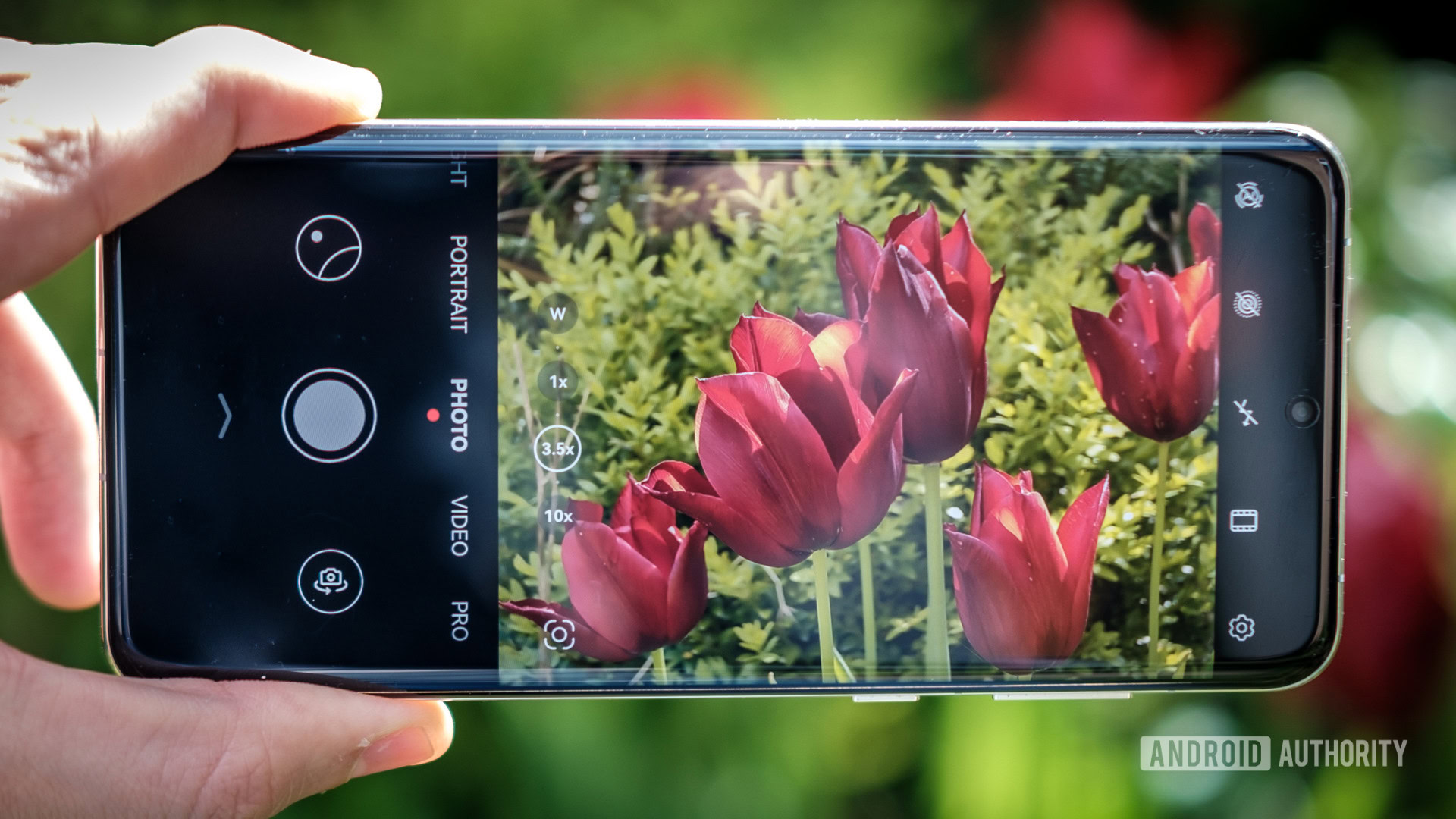
HUAWEI’s reputation as a photography powerhouse earns fresh endorsement with the P60 Pro. The phone’s impressive low light, zoom, and manual mode features match and even go beyond what you’ll find with other highly regarded photography-focused smartphones. If you’re serious about mobile photography and want a smartphone that won’t disappoint you, the HUAWEI P60 PRO should be on your shortlist.
Camera aside, the problem with HUAWEI’s flagship is that you’re buying into some dated technology elsewhere. The phone’s processor is a year older than the best available at launch, it doesn’t support 5G networks, EMUI is still based on an equivalent of Android 12 with no solid commitment to future upgrades, and there’s still the “no Google” issue due to the ongoing US-Huawei trade ban.
HUAWEI's reputation as a photography powerhouse earns fresh endorsement with the P60 Pro.
Granted, £1,199/€1,199 (~$1,259) undercuts the best from Apple and Samsung, but not by enough to justify all those trade-offs. £50 more nets you a Samsung Galaxy S23 Ultra ($1199.99 at Samsung), and you’ll find the Apple iPhone Pro ($799.99 at Amazon) priced just either side of the HUAWEI P60 Pro depending on if you live in the EU or UK. Of course, Google has an excellent camera package in the Pixel 7 Pro ($589.98 at Amazon), which costs significantly less than all of these options.
Still, a real camera enthusiast with some spare change to play with who is willing to live a Google-free life could definitely take a chance on the HUAWEI P60 Pro and certainly wouldn’t come away disappointed.